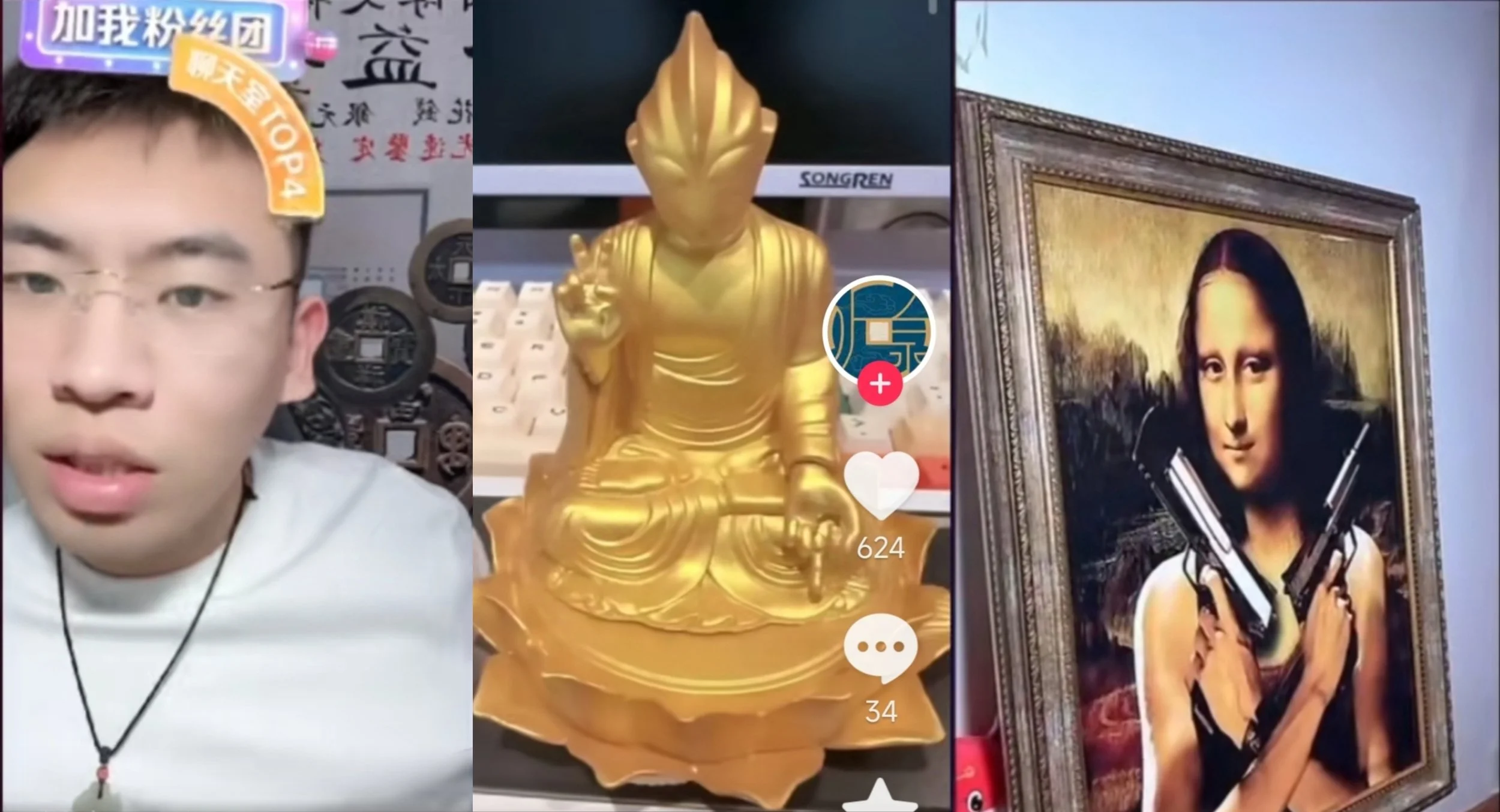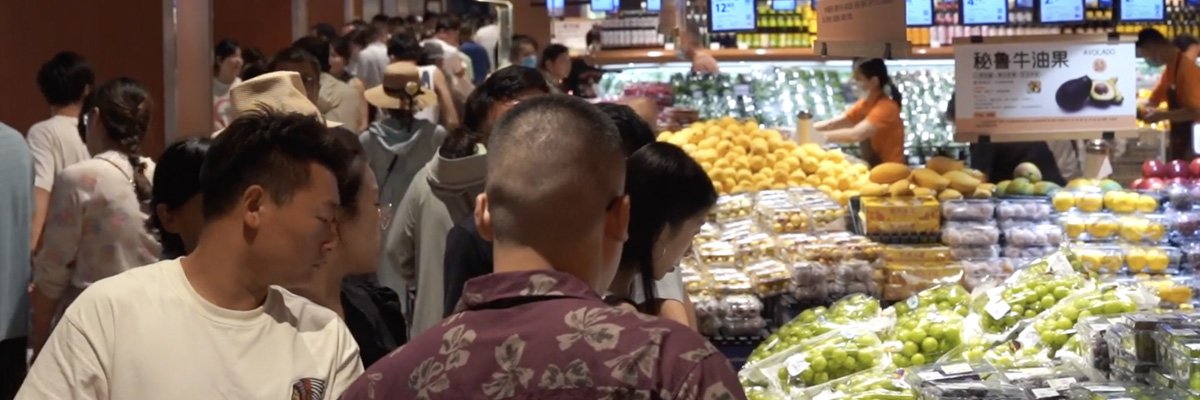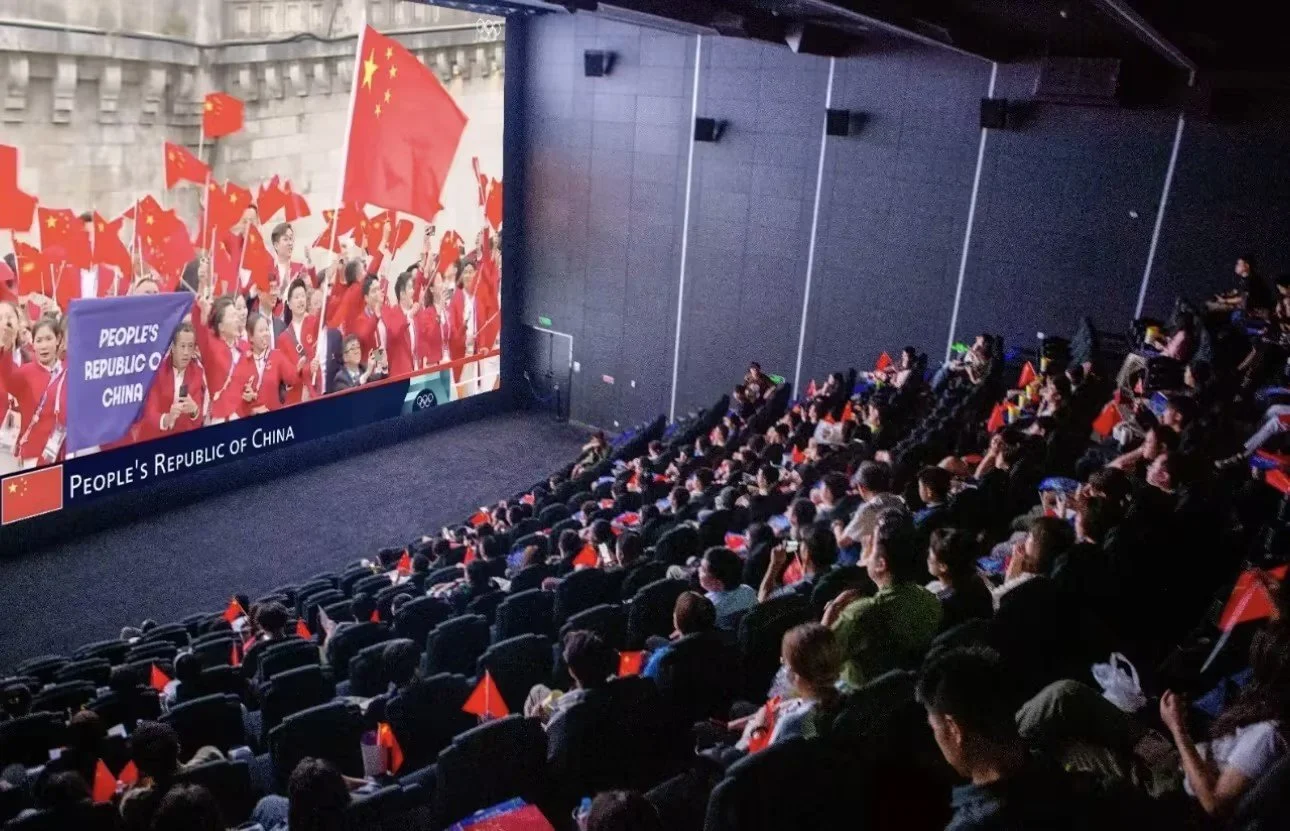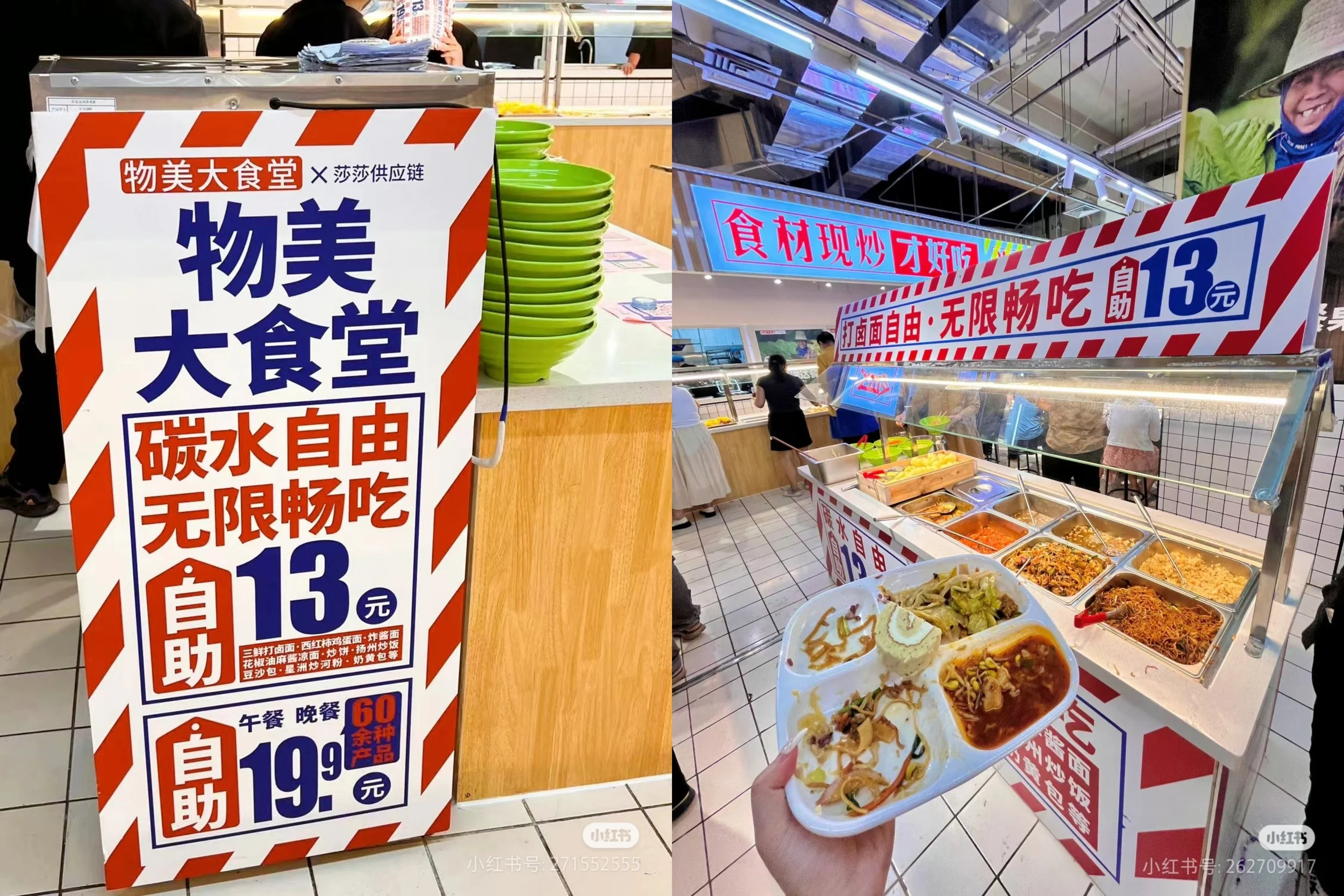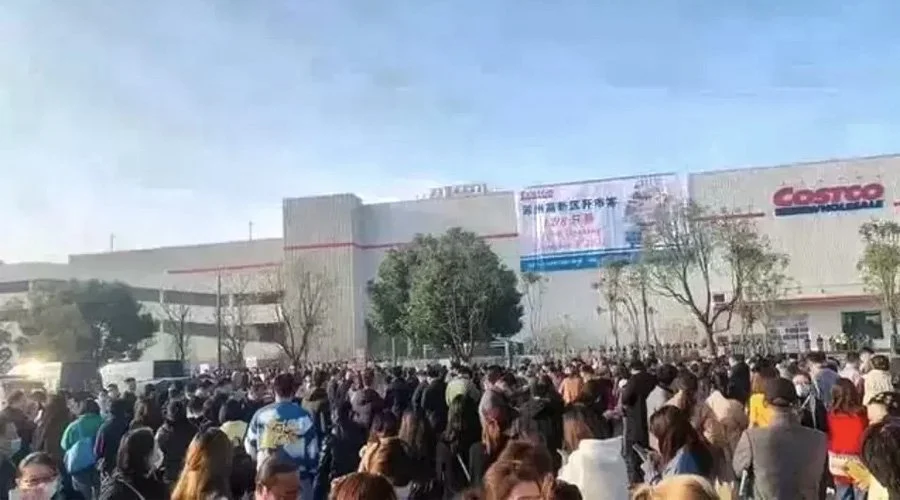Zara shows Shanghai’s cool kids how a pop up store is done

You would be hard pressed to find a group that personifies Shanghai’s creative, affluent, modern, trendy and internationally-minded urbanistas than the Anfu Lu crowd - the folk who frequent the boutique shops and cafes around the leafy street in the former French Concession. If Xiaohongshu/RED was a street, it could well be Anfu Lu.
Anfu Lu is less than a kilometre long and isn’t crammed end-to-end with storefronts, but among the historic buildings are stores that bat above their average in attracting the cool kids and social shares. European-style cafes, tea houses and wine bars nestle among indie fashion stores and perfumeries. There is the Shanghai Dramatic Arts Centre and Bank gallery acting as a magnet for the creative types. And the multinationals are taking notice too, with Adidas recently opening a Taekwondo store there.
The most recent addition to the street – whilst only temporary – is creating a stir with Shanghai’s fashionistas on Xiaohongshu. Zara has set up a 500 square metre pop-up, spread across two floors. Unlike many pop-up stores in China which look the same throughout their short life, Zara’s Anfu Lu pop-up appeals to China’s new & novel-seekers. Over two months, it is reinventing itself every week with new fashion releases and complete redesigns of the pop-up’s interior, personifying Zara’s famed reputation for rapidly releasing new styles. To quote Zara's Greater China MD, Eugenio Bregolat, “Retail evolves very quickly in China and brands need to adapt to new consumption patterns and behaviours.”
In addition to the constant evolution, the pop-up plays to Chinese consumers’ need to feel like they are getting special treatment. The pop-up will feature the debut of several Zara global collaboration collections in the Chinese market. Staying true to the need to localise to Chinese tastes and unique fashion preferences, a special collection tailored for the China market, co-created by Zara’s local team, will also debut.
Last week, the pop-up made its first transformation into a circus Big Top theme to launch the collection from British fashion icon Harry Lambert. Harry himself was at the pop-up. In true China-fashion, Harry hosted a livestream, which was broadcast simultaneously on various social platforms. The livestream was such a success, it was rolled out across Zara’s platforms outside of China such as Instagram – following an increasing trend where brands take their China-lessons to other markets. Later this week, Zara will broadcast its first global streaming with Cindy Crawford and Kaia Gerber – one of the first large western brands to adapt its Chinese livestreaming to western markets.
The pop-up’s digital integration spans far wider than the obligatory livestreams. Inside the pop-up is an immersive video wall. The pop-up and its collections also feature front and centre on Zara’s mini program, further building its D2C offering. Zara is among the best in class for western fashion brands reducing its reliance on costly third party platforms, with DTC accounting for over a quarter of its online sales.
Despite a typhoon and oppressively hot Shanghai weather, the pop-up’s reception on social media has been positive. Within three days, there were more than 350 posts on RED, generating over 430,000 views. Sales performance has been strong despite the store being a quarter of the size of a typical Zara store, with the average selling price being significantly above average.
Most importantly, the pop-up is attracting the type of customer that most traditional shopping malls have been losing - young fashion consumers and sophisticated mature customers. This has seen the average selling price in the pop-up higher than any other Zara store in the Mainland, and will likely have a halo effect amongst the hard-to-reach cohorts.
If you’re in the neighbourhood, it is worth taking a look at Zara’s pop-up. In addition to the fashion and home collections, the unique “Flower Shop” and outdoor chilling terrace, it is worth seeing how pop-ups can be done effectively to help shape brand perception among some of China’s cool crowd.
Luxury brands such as Burberry, Gucci, and Armani are selling heavily-reduced products at bulk warehouse Sam's Club - what does it mean for the brands?
China's Special Action Plan for Boosting Consumption is a positive for foreign brands in China, but there remain some challenges
Jack Ma launched New Retail with a roar in 2016 starting a scramble for the New Retail crown on both sides of the Pacific. The buzzword has since fizzled out and Alibaba has divested in much of its bricks & mortar retail properties, but the need to rethink retail is more important than ever. Here's why...
Despite being winter, Naimi's novel fried chicken-looking ice creams are flying out of the chiller. Their success provides many valuable lessons for brands selling in China
Xianyu's foray into physical retail illustrates five key lessons for retailers - both online and office - in how to differentiate and engage your target audience
MINISO has launched MINISO LAND, attracting massive crowds. Its first global “IP theme park-style” flagship blends globally- known IPs into an immersive shopping experience.
Social media feeds increasing filled with “rough life” posts, alongside the popularity of more authentic retail spaces are just two examples of how Chinese consumers are seeking more real, less polished marketing
China is experiencing a shift—or even a dilemma—in its bricks-and-mortar retail landscape. While high-end malls are seeing declines, non-standard commercial spaces are on the rise. Among these, Beijing’s THE BOX Youth Energy Center is redefining the offline retail experience by tapping into the spending power of the younger generation.
As new generations redefine what weddings look like, brands are seizing the moment to connect with young couples seeking authenticity and personalization.
China's consumer landscape is increasingly divergent. Lower-tier cities are rebounding faster and showing greater resilience than first- and second-tier cities. While large catering businesses struggle, smaller restaurants thrive. How can brands understand these diverging trends and their implications? Read on to find out more.
The runaway growth of China's collectable toy market hasn't just stemmed from the toys themselves, but the ritual and occasion of the purchase journey - Jellycat's pop up cafe is case in point
Traditional collectibles have become a form of social currency among young people. From spiritual comfort to stylish accessories, livestreams and e-commerce have made these pieces more accessible. And people watch appraisal livestreams for whacky collectibles as an entertainment.
Jellycat CAFÉ has taken Shanghai by storm with its limited-time pop-up. Exclusive plush toys and immersive packaging performances highlight Jellycat's unique blend of emotional value and playful creativity.
Beijing's total package for stimulus this year may be its largest yet in nominal terms, but how will it impact the all-important consumption segment?
Zara's pop up in Shanghai's trendy Anfu Lu provides plenty of lessons on marketing and retail for brands in China
Zara's Anfu Lu pop-up store in Shanghai's former French concession is being reinvented every week; here are photos of the first two iterations
Douyin provides a platform for ordinary people to build small businesses. By creating unconventional and slightly whacky livestreams and videos, they've captivated young audiences and driven significant sales, despite their simple, rough-around-the-edges style.
Luxury consumer behaviour in China is returning to pre-pandemic traits.
Pangdonglai is rewriting the rules of retail in China, but not through a shiny new tech-based model
Chinese movie theatres live-streamed the Olympics’ opening ceremony and events for the first time, filling up with young people captivated by the experience
Traditional supermarket chains in China are struggling due to the intense competition from e-commerce. As consumer shopping and dining habits shift, these supermarkets are turning to in-store dining areas or large canteens to stay in business.
This summer, many brands have started to introduce ice cup products to attract more consumers.
Too many Chinese marketing strategies revolve around expensive KOLs and livestreamers, but brands are increasingly getting lower-cost cut through with clever and creative initiatives
As offline stores shift back towards offering engaging experiences, foreign brands’ retail spaces have been renovated in Shanghai. Gentle Monster, ARCTERYX and FREITAG are 3 cases you can't miss!
The frenzied opening of Costco's seventh store in China illustrates Chinese consumers' interest in the retailer, but their work remains cut out for them
China’s consumer data points to some interesting developments that will impact tourism behaviour internationally
Flea markets have become trendy hot spots in Shanghai, with some tapping into the rise of pre-loved goods. From tranquil forest-themed to hidden gems, here are some of our favourite flea markets in the city
Excessive and unsustainable marketing strategies by cashed-up Chinese brands may be coming to an end
DAPHNE was a staple fashion item for Chinese ladies born in the 80s and 90s, but failed to adapt to changing market dynamics. A recent strategic shift and refresh has seen the brand rise from the dead
Incorporating AI into marketing is now so accessible in China, with plenty of examples of brands using it to engage more with customers and ultimately increase sales - some of the most successful approaches are surprising












